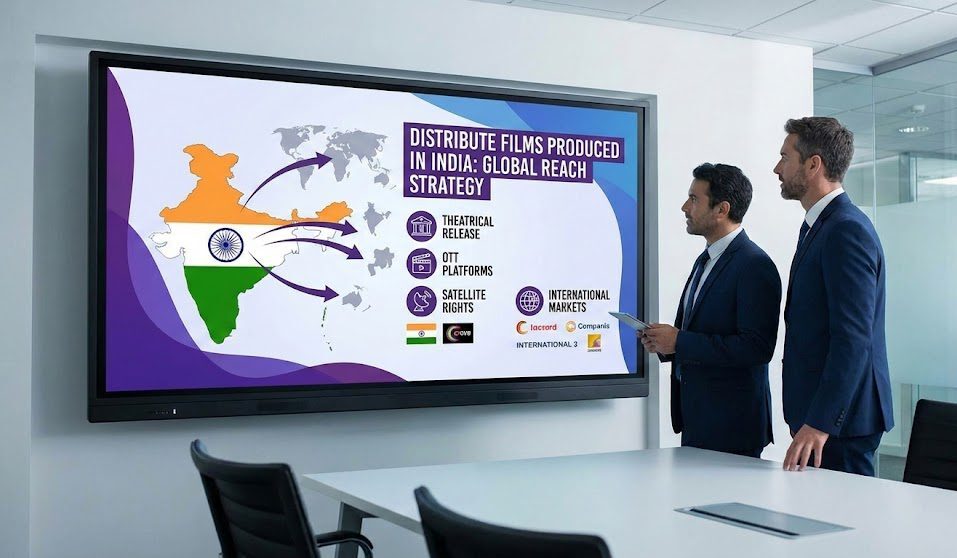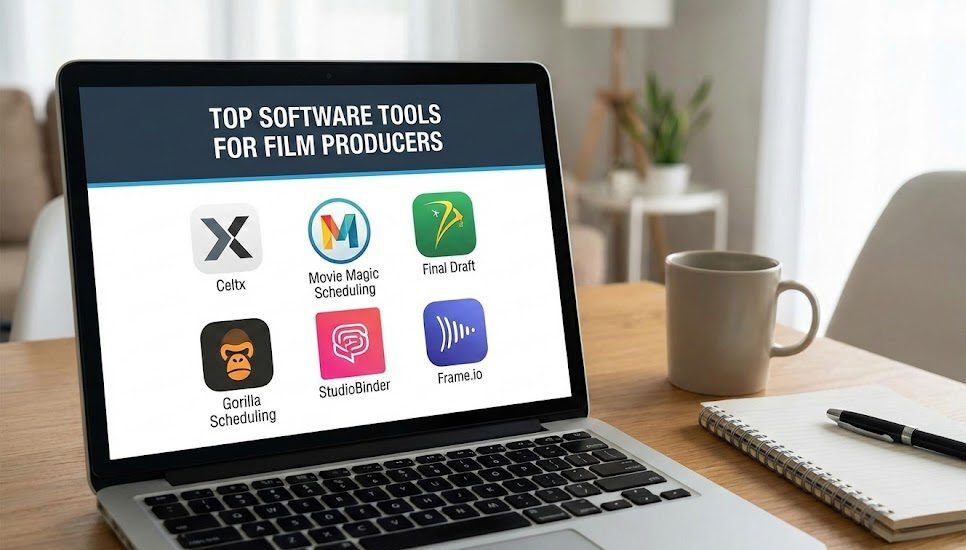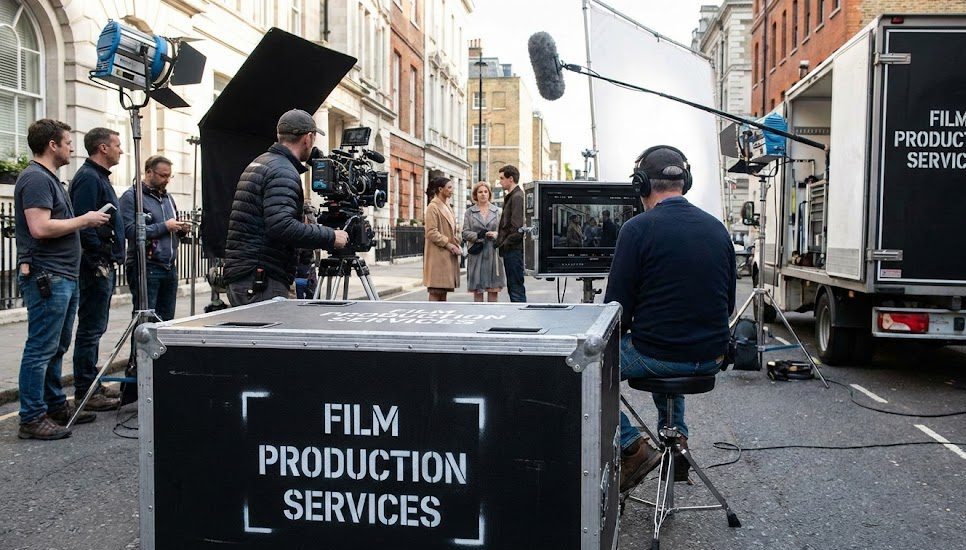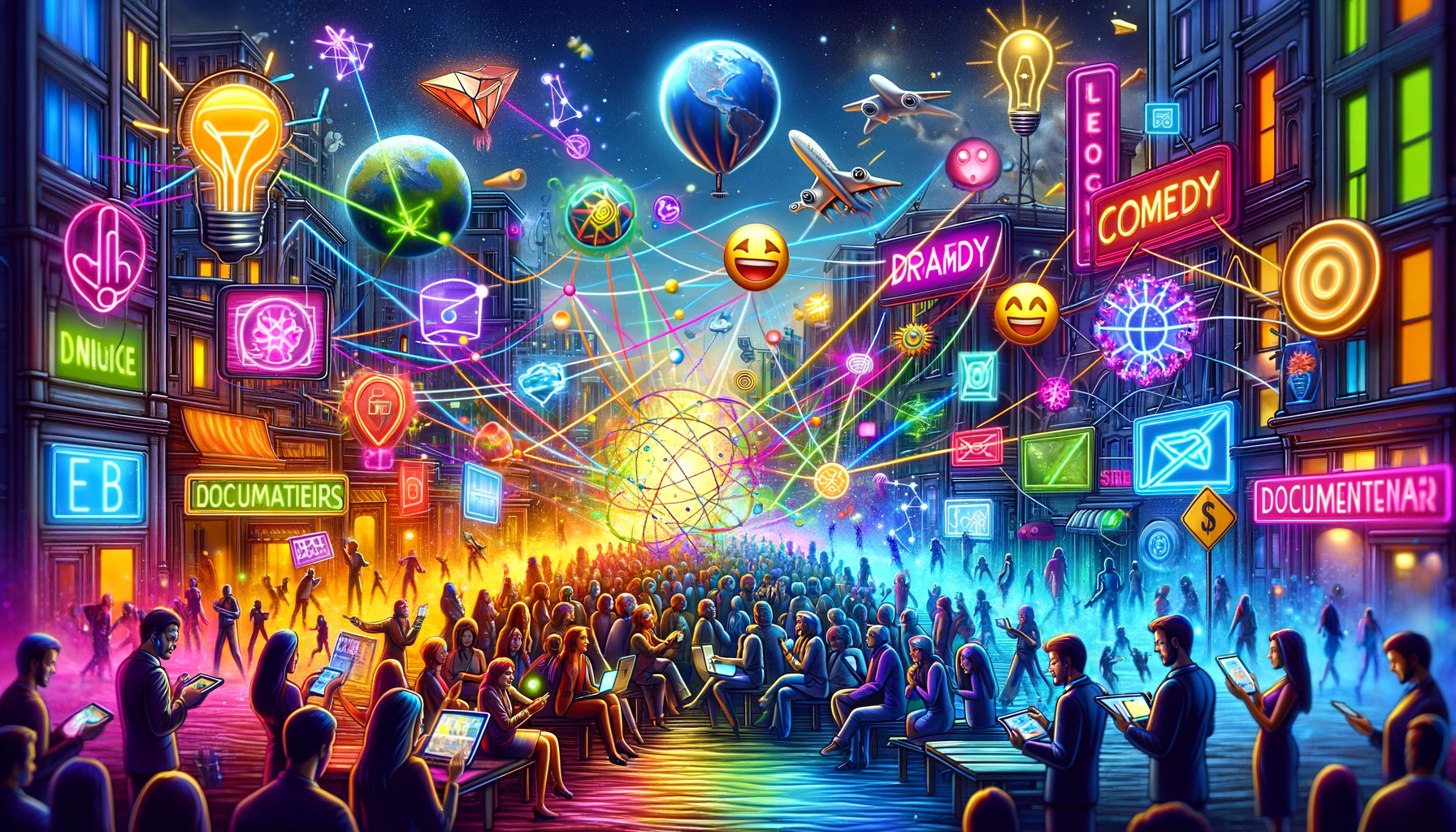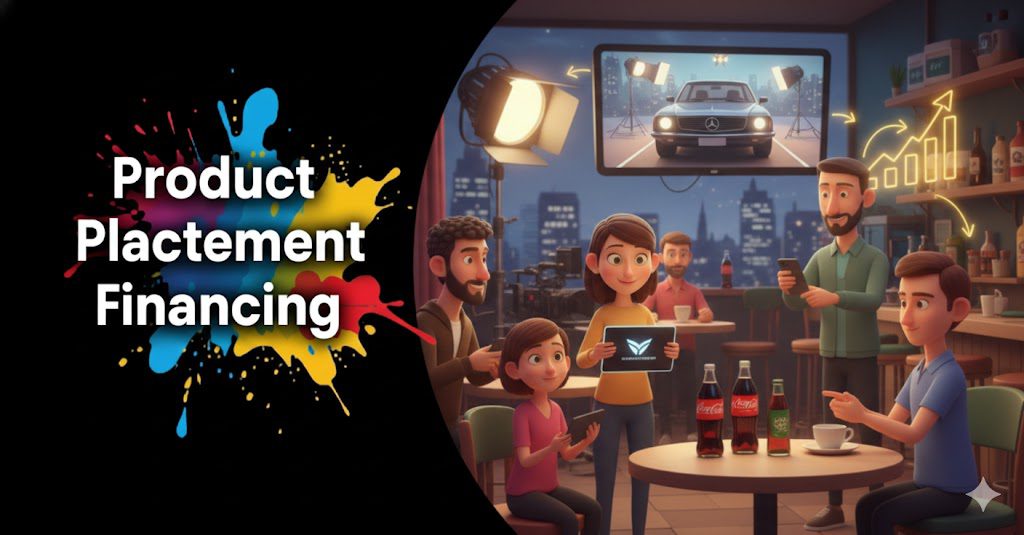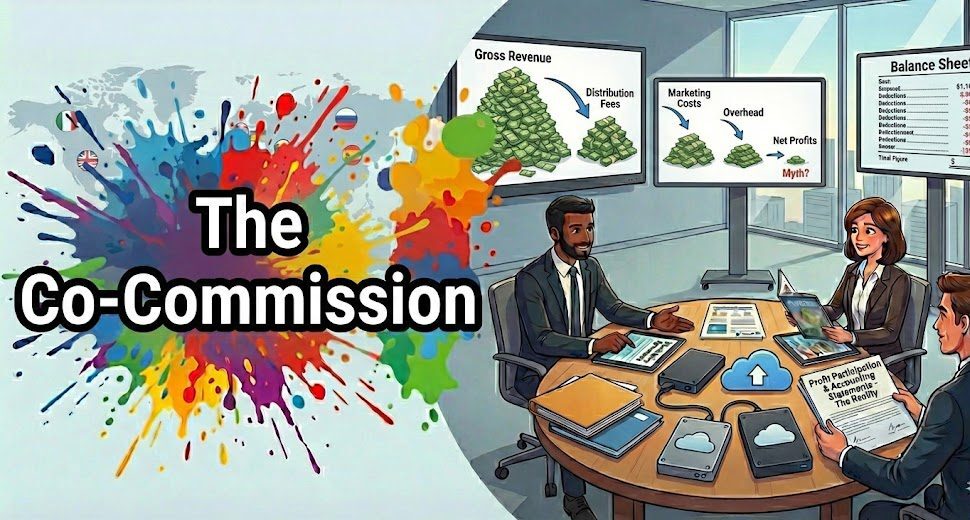Introduction:
In the ever-evolving landscape of the entertainment industry, content licensing has become a cornerstone of successful content strategies. Whether you’re a streaming platform, broadcaster, or content creator, understanding the intricacies of content licensing is crucial for building a competitive and diverse content portfolio. This comprehensive guide delves into the world of content licensing, offering insights, strategies, and best practices for entertainment professionals.
Content acquisition in the OTT industry heavily relies on effective licensing strategies, making this topic essential for industry players.
Table of content
- The Fundamentals of Content Licensing
- Types of Content Licensing Agreements
- Negotiating Licensing Deals: Key Considerations
- Navigating International Content Licensing
- Content Licensing for Streaming Platforms
- Legal Considerations in Content Licensing
- The Future of Content Licensing
- How Vitrina Streamlines the Content Licensing Process
1. The Fundamentals of Content Licensing
Content licensing is the process by which content owners grant permission to other parties to use their intellectual property. Key aspects include:

- Understanding different types of rights (e.g., exhibition, distribution, adaptation)
- The importance of exclusivity vs. non-exclusivity
- Duration and territory considerations
- Revenue models (flat fee, revenue share, minimum guarantees)
- Sublicensing rights and restrictions
A solid grasp of these fundamentals is essential for anyone involved in content acquisition and distribution.
2. Types of Content Licensing Agreements
Various types of licensing agreements exist in the entertainment industry:
- Theatrical licensing
- Broadcast licensing
- Streaming platform licensing
- Merchandising and ancillary rights licensing
- Format licensing for adaptations
Each type comes with its own set of considerations and standard practices. For example, <a href=”https://vitrina.ai/blog/peacock-content-acquisition-unraveling-the-streaming-giants-strategy-vitrina-ai/”>Peacock’s content acquisition strategy</a> involves a mix of these licensing types to build a diverse content library.
3. Negotiating Licensing Deals: Key Considerations
Successful content licensing negotiations require careful consideration of:
- Content valuation and pricing models
- Term length and renewal options
- Performance metrics and reporting requirements
- Content delivery specifications
- Marketing and promotion commitments
- Termination clauses and dispute resolution mechanisms
Disney’s content acquisition strategy showcases masterful negotiation tactics in building their streaming empire.
Unlock Global Content Opportunities with Vitrina

4. Navigating International Content Licensing
International content licensing presents unique challenges and opportunities:
- Understanding territorial rights and restrictions
- Navigating different regulatory environments
- Addressing language and cultural adaptation needs
- Managing international payments and tax implications
- Recognizing the potential of emerging markets
For insights on tapping into global content, explore our guide on acquiring international content.
5. Content Licensing for Streaming Platforms
Streaming platforms have unique considerations in content licensing:
- Balancing exclusive and non-exclusive content
- Managing a diverse content portfolio
- Addressing binge-watching trends in licensing terms
- Considering the impact of recommendation algorithms on content value
- Navigating the shift from traditional windowing to simultaneous releases
ESPN’s content acquisition strategy offers valuable lessons in licensing for niche streaming platforms.
Streamline Your Content Library with Vitrina

6. Legal Considerations in Content Licensing
Key legal aspects of content licensing include:
- Copyright and intellectual property protection
- Compliance with local content regulations
- Data protection and privacy concerns
- Liability and indemnification clauses
- Dispute resolution and governing law
Always consult with legal experts when drafting or reviewing licensing agreements to ensure all bases are covered.
7. The Future of Content Licensing
The landscape of content licensing is constantly evolving:
- The impact of AI and machine learning on content valuation
- Blockchain technology in rights management
- The rise of direct-to-consumer models
- Increasing importance of user-generated content licensing
- Evolving models for compensating creators in the digital age
Stay ahead of the curve by exploring essential lists for content acquisition that highlight emerging trends.
8. How Vitrina Streamlines the Content Licensing Process
Vitrina offers a suite of tools to simplify content licensing:
- Comprehensive Content Database: Access a vast library of licensable content suitable for various platforms.
- Rights Management Information: Get clear insights into available rights for different territories and platforms.
- Market Intelligence: Stay informed about content performance trends across different platforms.
- Networking Platform: Connect with content owners and distributors to explore multi-platform licensing opportunities.
- Global Licensing Opportunity Finder: Identify lucrative licensing opportunities in various international markets.
- Industry Insights: Access reports and analyses on successful multi-platform licensing strategies.
- Deal Room: A secure environment for negotiating and finalizing licensing agreements.
For a deep dive into leveraging these tools, consider exploring CBC Gem’s content acquisition strategy, which utilizes similar technologies.
Key Takeaways:
- Understand the fundamentals of content licensing to make informed decisions.
- Familiarize yourself with different types of licensing agreements.
- Develop strong negotiation skills tailored to content licensing deals.
- Navigate the complexities of international content licensing.
- Recognize the unique challenges and opportunities in licensing for streaming platforms.
- Stay informed about legal considerations and future trends in content licensing.
- Utilize tools like Vitrina to streamline and optimize your licensing processes.
Frequently Asked Questions
The duration can vary widely based on the content type and industry norms, but common terms range from 1-5 years for TV shows and films.
Exclusive licensing grants rights to only one licensee in a given territory or platform, while non-exclusive allows multiple licensees to use the content simultaneously.
Consider factors such as the content’s popularity, production quality, target audience, and comparable deals in the market. Vitrina’s analytics tools can assist in this valuation process.
Challenges include navigating different legal systems, managing language and cultural adaptations, and understanding varied market dynamics and viewer preferences.






















